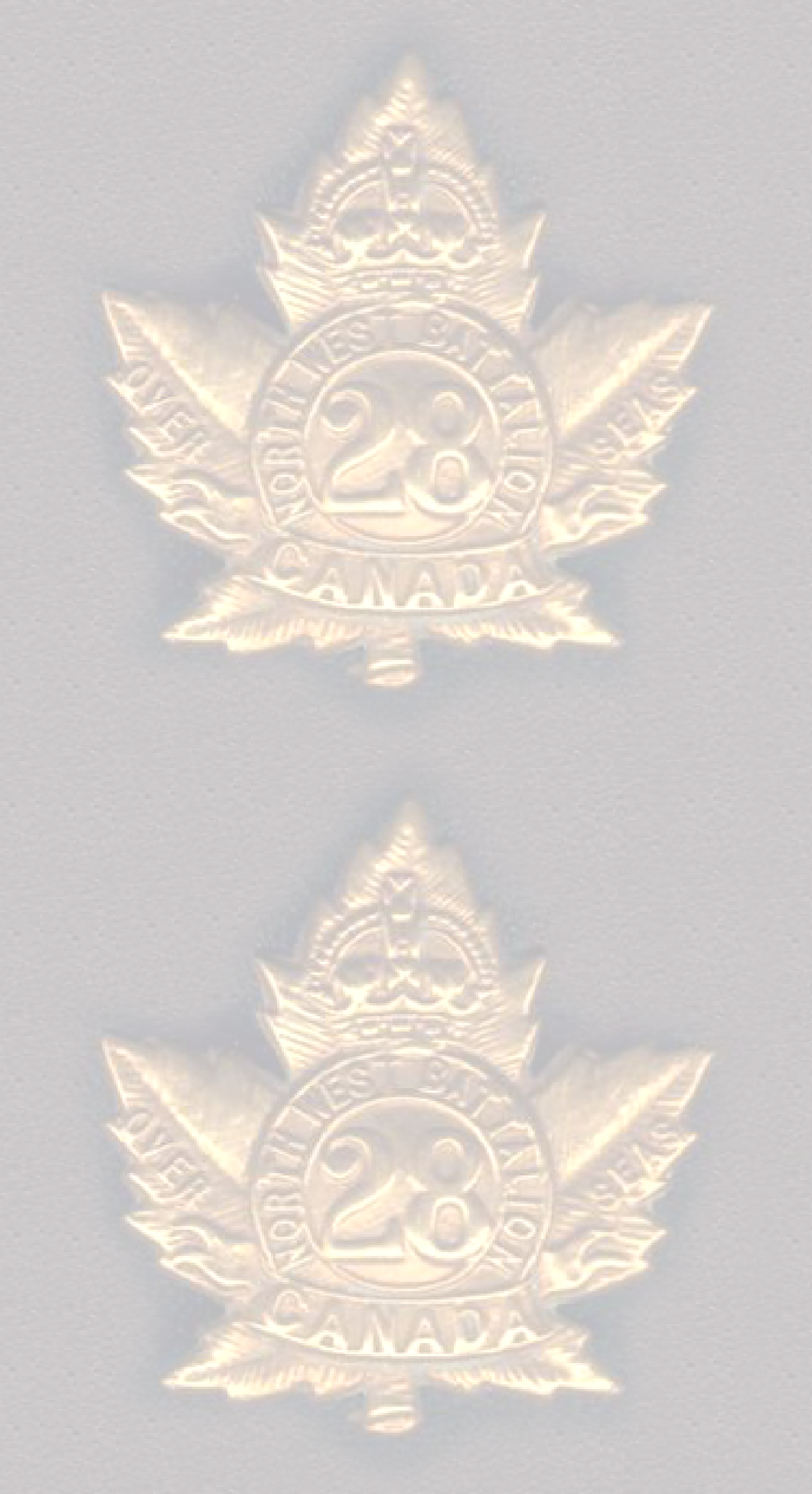
The War Diary of Lieutenant William L Hayes M C
1915—1919
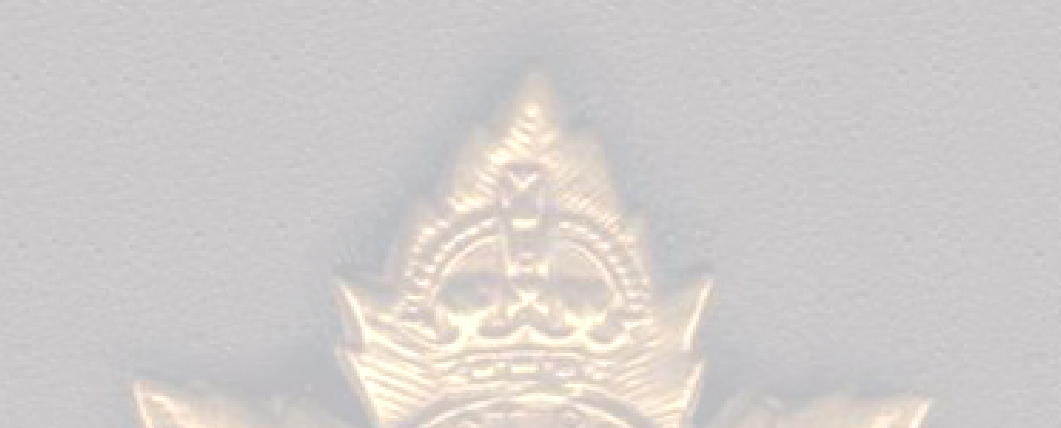
1917 After Vimy
The Battle for Vimy did not end on 9 April. The Germans retreated and dug in. And the Battle of Arras went on.
April and May: Battle of Arleux Loop
June: a month of rest, reinforcement and training.
July: Battle of Hill 70
August: Battle of Lens
September: Vimy again
October: Vimy again
November: Passchendaele
Four Victoria Crosses were awarded at Vimy Ridge. The VC is the highest military decoration ‘in the face of the enemy’ awarded to combatants in or attached to the British military. It is awarded to any rank and to this day is traditionally saluted by every member of the Forces, from Chiefs of General Staff to privates. It is very rarely awarded and only 1358 times since it was created in 1856. The medal is made from Chinese gun metal from guns captured from the Russians in the Crimean War. Three men have won it twice.
https://www.vimyfoundation.ca/Victoria
CASUALTIES AT VIMY
3598 dead,
7004 wounded,
4000 (approx.) unknown dead, wounded or captured
WLH/D Coy in trenches/front line
16—17 April Vimy trenches
2—7 May (attack on German front line D Coy in reserve)
13-
24-
June resting, reinforcing and training
10-
14-
23/25 Laurent front line (boundaries of area listed Nelson Trench and Nash Alley N.1.d.16.8c through railway junction at M6.d.75.75—junction of Martyrs Alley and Mouse Trench at M.6.d.05.60 to Double Grassier at M.5.c.16.20 thence along old Northern Boundary.)
31– 2 Aug Laurent sector
1 Aug old British Front Line System
21—22 Sept Laurent sector (Lens)
27-
10—13 Oct Chaudierre Section right sub section of front line
29 Oct—Nov 1 training on taped area St Sylvestre Cappel
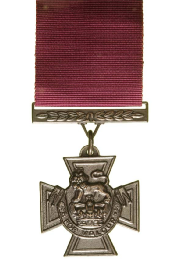
Battle of Arleux Loop. Beyond Farbus at the southern end of Vimy Ridge was the town of Arleux-
Battle of Hill 70 and Lens
28th Bn WD order 200A. 22.8.1917 ‘Quartermaster will arrange to have Kitchens, Packs, Greatcoats etc conveyed to MARQUEFFLES FARM and hot meal for men on arrival. He will also arrange billeting.’
J B Bridge
John Blake Bridge (known as Jack) was a life long friend of WLH. Jack was a bank clerk who joined the CEF in October 1914 at Regina. He too was assigned to the 28th Bn. Like WLH he embarked for England on the SS Northland in May 1915. And he too forfeited pay, but for 6 Sept 1915 only, for absence.
Just where and when they met is unknown, but their adventures were in many ways similar.
Jack was promoted Corporal on 10 March 1916 and then sent ‘to England (to qualify for commission.)’ on 21 September 1917. He became Lieut Bridge in Jan 1918 and re-
Random War Diary Entries: 28 Bn WD. Order no 160 1 May 1917 Bois Bernard, Arleux Loop, Arleux-
‘Equipment … will be the same as for operation of April 9, 1917. Each company will carry 50 shovels and 15 picks. Twenty-
‘The battalion will attack the German front line and establish itself in advance of enemy support line.’
26 July 151/2 tons Gas projected from our front by “B” Special Co. R E at 2.45 am.
14 Aug 28th Bn WD Order No 16. (See map below) ‘...the Canadian Corps has been ordered to capture Hill 70 LENS’ in order to draw German attention away from the British planned third battle for Ypres. ‘The attack will be carried out by the 2nd Canadian Division on the right…’ ‘ The 28th Battalion will be in old British Front Line System,..should the operation .. prove successful it is intended to further exploit the success by advancing to the line NUNS ALLEY—CINNEBAR Trench to junction with COMBAT thence to Railway Junction N.13.d.70.95 and thence along COTTON Trench to the LENS-
Report of Operations, 28th Bn WD 21& 22 Aug. ’28th Bn was detailed in close support of the 27th and 29th Battalions who were attacking...junction of NUN’S ALLEY & COMMOTION, … to the junction of the LENS-
D Coy ordered to replace B Coy in close support at 7.15 am. In position by 8 am . Early afternoon, D Coy ordered to send a platoon forward to CINNABAR TRENCH via CONDUCTOR TRENCH as reinforcements badly needed. ‘At this time, supplies of bombs, S.A.A. [small arms ammunition] and grenades were beginning to arrive, so the O.C. [B Coy] prepared a combined offensive from three sides… junction of NABOB-
28th Bn WD Order No 20 20.8.16
‘20 RATIONS: Rations for the whole Battalion will be delivered to Battalion Dump on light railway.
‘21 All Companies will carry expense material, wire cutters, gloves, Iron Rations, etc.
‘22 While in the Forward Area there must be no movement or Fires during Daylight.
‘23 Each Company will mount one Lewis Gun for Anti-
Iron Rations: The so-
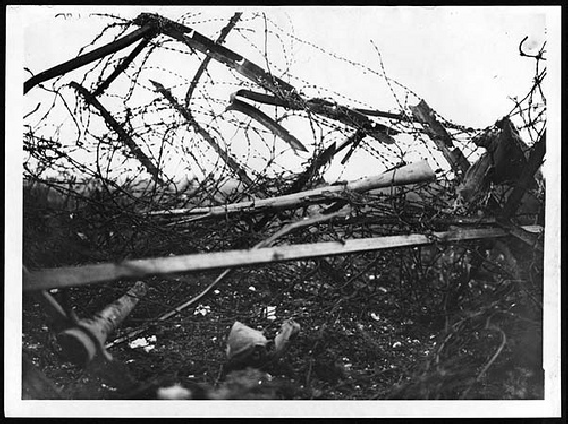
Further information: Instructions for dealing with the withdrawal of the Battalion from the Line and the move to another area: See 28th Bn WD, Oct 1917, page 16
Barbed Wire was used in front of trenches by both sides . Installation and repair of the wire was done at night by wiring parties and involved the use of stakes, metal or wooden. Many lines of wire were often installed to prevent the enemy from getting close enough to lob bombs or grenades. The barbs became more and more vicious as the war went on. In some situations it was used to channel attacks into range of machine guns. The only way to effectively destroy it was by heavy bombardment or over running by the few tanks the allies could deploy. Many pieces of this Iron Harvest are still being found on agricultural land to this day.
Battle of Vimy Plain: At the end of September and for the month of October the 28th Bn was back in the town of Vimy holding an active front line.
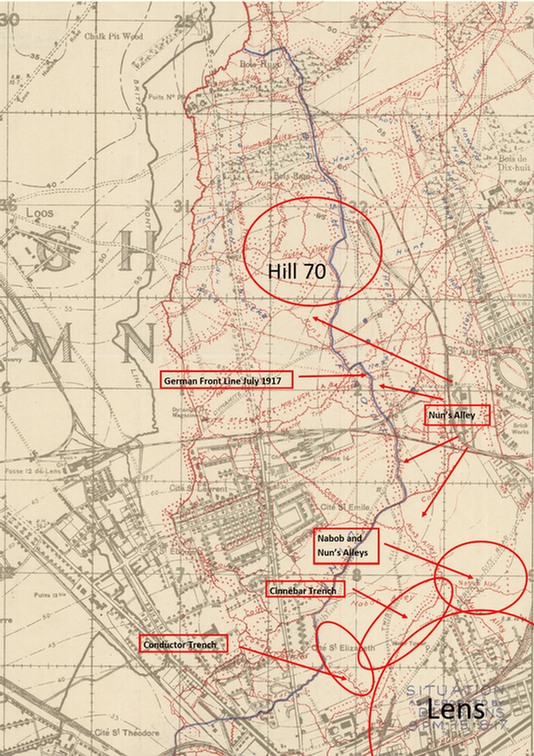
Trench Maps are wondrous things.
A reference such as N.1.d.16.8c above are astonishingly accurate.
https://www.longlongtrail.co.uk/battlefields/how-